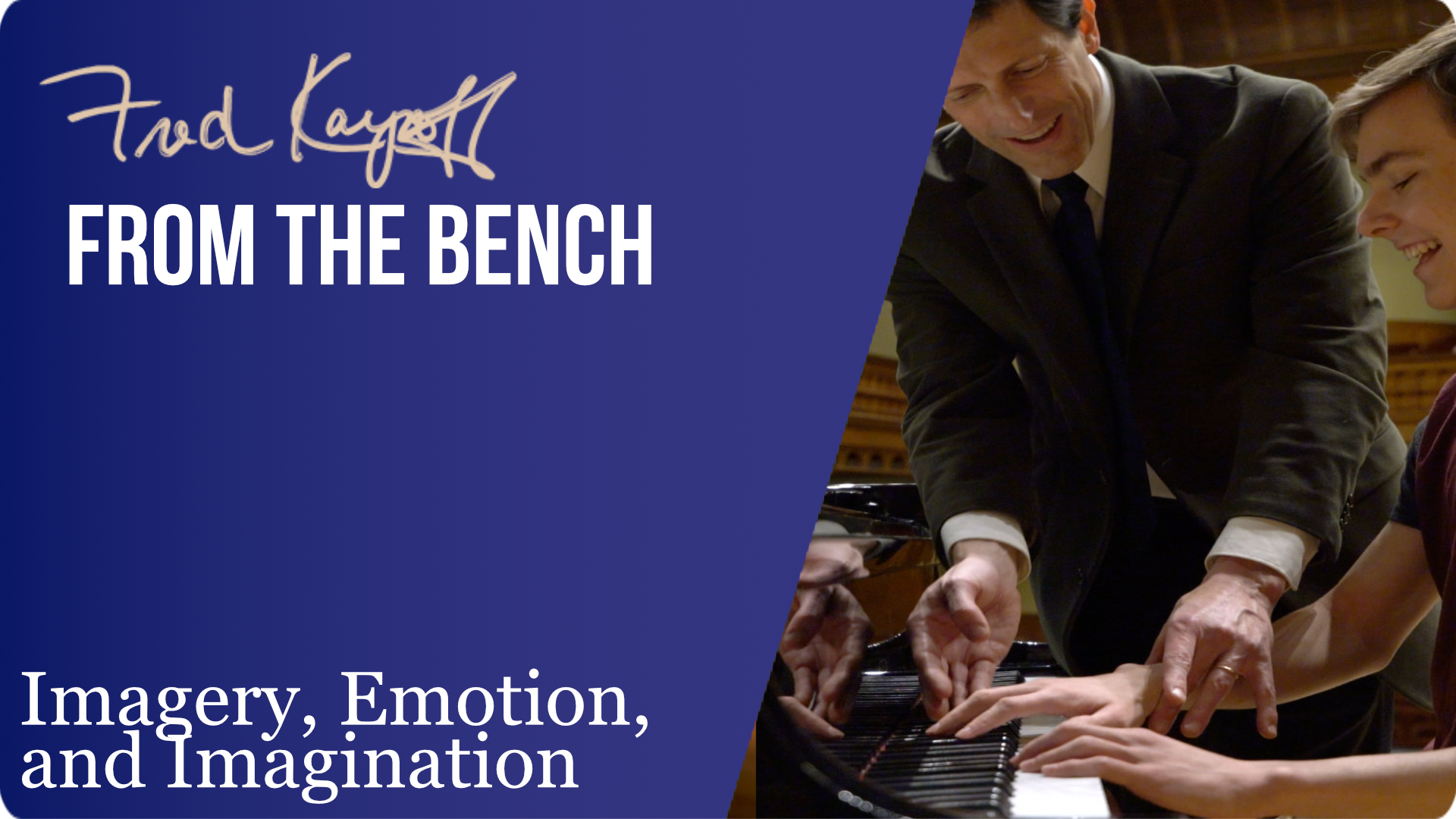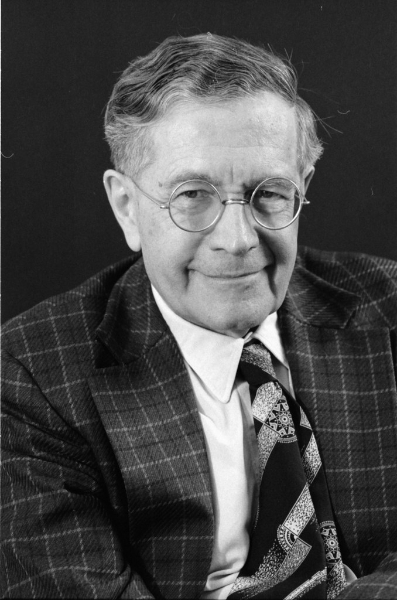
June 28, 2021
Inspired by Karl Ulrich Schnabel: Imagery, Emotion, and Imagination
All posts
Karl Ulrich Schnabel
Cultivating vibrant performance through descriptive adjectives and metaphors
Karl Ulrich Schnabel once told me about his work with a very fine pianist from the Pacific Rim. She was technically accomplished and musically well-informed – “but her playing was dull.” He assigned her to create a list of one hundred adjectives and to experiment with applying them to her music. In his wonderful German accent and spirited demeanor, Mr. Schnabel said, “Would you believe that she came back with over 600 words?!” He told me that it made “all the difference” in her playing, and he urged me to come up with my own list.
Over the years, I’ve adapted this exercise with a wide range of students: pianists, singers, and instrumentalists, in individual and group settings. In a course I teach on “complete performance preparation,” we strive to instill the elements of successful performance, and work toward setting up the conditions for peak performance, the kind that commands the audience’s attention, makes them sit up in their chairs, and/or elicits goosebumps or tears. The ‘adjective exercise’ has proven to be one very effective tool to connect the music, the performer’s life experience, and the audience in a meaningful way.
First, create your own list of approximately one hundred words. Review it and put an asterisk by 10-15 of them, then whittle that number down to 5 contrasting adjectives (e.g., nostalgic, heroic, mysterious, tender, exuberant). Experiment with performing 2-4 phrases of a single work from your repertoire, repeatedly, trying to project the essence of these five words (one at a time) through the music. Afterward, evaluate what resulted: How did you feel? Did anything change, including tone, articulation, dynamics, shaping, etc?
While individuals can do this work alone and realize good results, a group dynamic adds the dimensions of participation and feedback. If possible, perform the exercise again for one or more people without revealing what your adjectives are. Have your audience take notes and report on what came through to them. Note when your listeners’ experience was congruent with your intention–and when it was not. It’s interesting to note that when the performer’s intention isn’t well-formed or clear, the audience response is invariably inconsistent. On the other hand, when it’s ‘real,’ it’s easy to deduce that emotions don’t lie. They seem to bypass the intellect and leap straight into the music, through the performer to the audience.
Metaphors and other imagery also qualify as helpful aids. Mr. Schnabel told me to play the opening of the grand E-Flat Sonata by Haydn (Hob. XVI: 52) “like a regal elephant–not like a mouse who is very angry!” (I took this to mean something closer to an elegant Babar the Elephant rather than a heavy ‘stomper’.) In a master class, a student responded magnificently (and majestically) to his prod to play the opening of the Brahms Rhapsody, Op. 119 No. 4 “like a knight in shining armor, riding into the sunlight.”
The adjective exercise may or may not result in discovering specific extramusical connections to particular repertoire, however, the dramatic process alone has shown to have an impressive effect on heightened imagination and expression, for most performers. Give it a try!






What an excellent idea! I think to gather adjectives is very important not only for students but also for teachers. Thank you so much Fred!